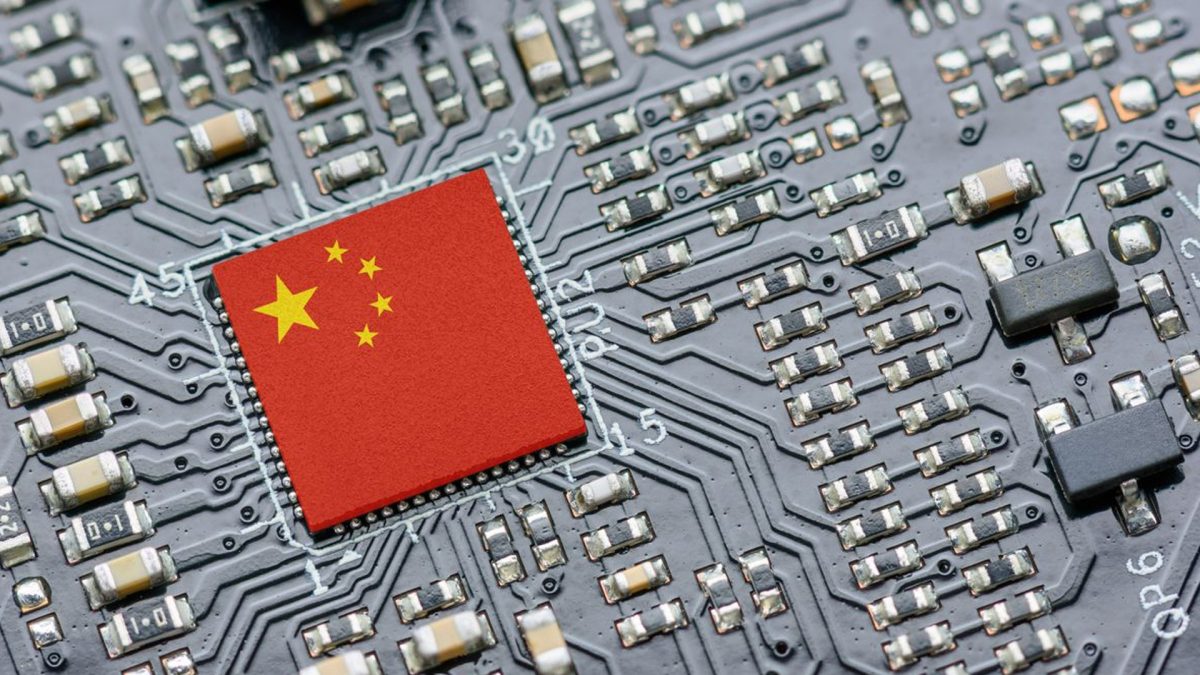Despite the advantages of eSIMs, their adoption in India has been slow. Experts attribute this to a policy by the Chinese government, which has restricted the use of eSIMs due to security concerns read more
)
Virtual SIMs offer several advantages, such as using multiple mobile numbers on a single SIM and tracking stolen phones since eSIMs cannot be physically removed. Image credit: AP
Most smartphone manufacturers who operate in the premium smartphone market, and (Internet of Things) IoT device makers want people to move over to eSIMs, for a number of reasons.
However, because of China, eSIMs have failed in the country.
eSIMs, or embedded SIMs, are digital versions of traditional SIM cards. Unlike physical SIM cards, e-SIMs are built into the device and can be programmed remotely. This technology offers several advantages.
Making a case for eSIMs
For consumers, eSIMs provide convenience, enabling users to switch carriers without needing a physical card. This can simplify international travel, as users can easily switch to local carriers.
Even in IoT eSIMs are particularly beneficial. They enable seamless connectivity for a vast number of devices, from smartwatches to industrial sensors, by allowing these devices to connect to cellular networks without the need for physical SIM cards.
A great example would be how a major oil refinery in Assam quickly fixed leakages and prevented potential accidents thanks to several IoT devices equipped with eSIMs.
These devices sent real-time alerts to a centralised system, demonstrating the efficiency and safety benefits of eSIM technology.
Phone manufacturers and device makers are keen on promoting eSIM adoption because it simplifies the design and manufacturing process. Without the need for a SIM card slot, devices can be made more compact and water-resistant.
Moreover, e-SIMs facilitate a more streamlined customer experience, reducing barriers to switching carriers, which can foster competitive markets and potentially increase device sales.
Slow adoption and market challenges
Despite the advantages of eSIMs, their adoption in India has been slow. Experts attribute this to a policy by the Chinese government, which has restricted the use of eSIMs due to security concerns.
Apple offers eSIM capabilities across its entire iPhone range, and other brands like Samsung, Vivo, Oppo, and Xiaomi have started enabling eSIMs in their premium models.
However, there is little incentive for these brands to include eSIMs in their affordable phones since China, their primary market, does not permit their use.
This restriction prevents these brands from benefiting from economies of scale, as adding eSIM compatibility increases the production costs of devices.
Telecommunication companies in India are advocating for eSIMs in affordable phones to reduce costs. However, as of December, only about 10 per cent of all smartphones sold in India supported eSIMs. This figure is expected to grow slowly to 20 per cent over the next five years, according to Counterpoint Research. In contrast, eSIM penetration in the US has reached 70 per cent.
Globally, 400 out of 800 telecom operators provide eSIM coverage, and Indian operators were among the first to offer this to 1.1 billion subscribers and for IoT applications like cellular smartwatches and vehicle telematics.
However, handset manufacturers are lagging behind. Besides Apple, Google, and Samsung, Chinese brands like Vivo, Oppo, and Xiaomi have only started to roll out eSIMs in their flagship models. In the affordable segment, these manufacturers lack the incentive to include eSIM support due to restrictions in the Chinese market.
The Future of eSIMs in India
Implementing eSIMs across affordable smartphones in India could increase production costs, as pointed out by Sachin Arora, head of connectivity and IoT for India at Giesecke+Devrient (G+D). However, as costs decrease and the supply chain improves, original equipment manufacturers (OEMs) may gradually adopt eSIMs.
Moving to virtual SIMs would save telcos on overhead costs such as manufacturing, supply chain, distribution, and mobile number portability.
Virtual SIMs offer several advantages, such as using multiple mobile numbers on a single SIM and tracking stolen phones since eSIMs cannot be physically removed.
From a sustainability perspective, eSIMs reduce dependence on plastic cards. With around 1 billion mobile connections in India, of which 800-900 million are active, telecom operators utilize 400-500 million SIM cards annually. It will take at least 6-7 years for eSIMs to reach even half of that utilization.

 1 month ago
47
1 month ago
47
)
)
)
)
)
)
)
)
)
)
)
)
)
)
)
)
)
)
)
)
)
)
)
)
 English (US) ·
English (US) ·